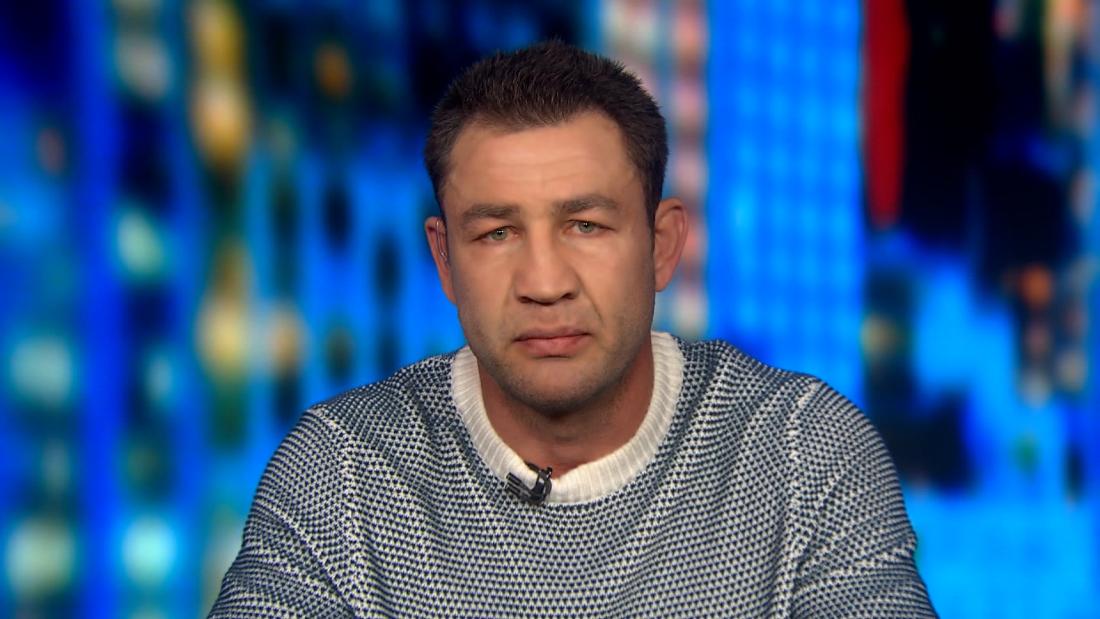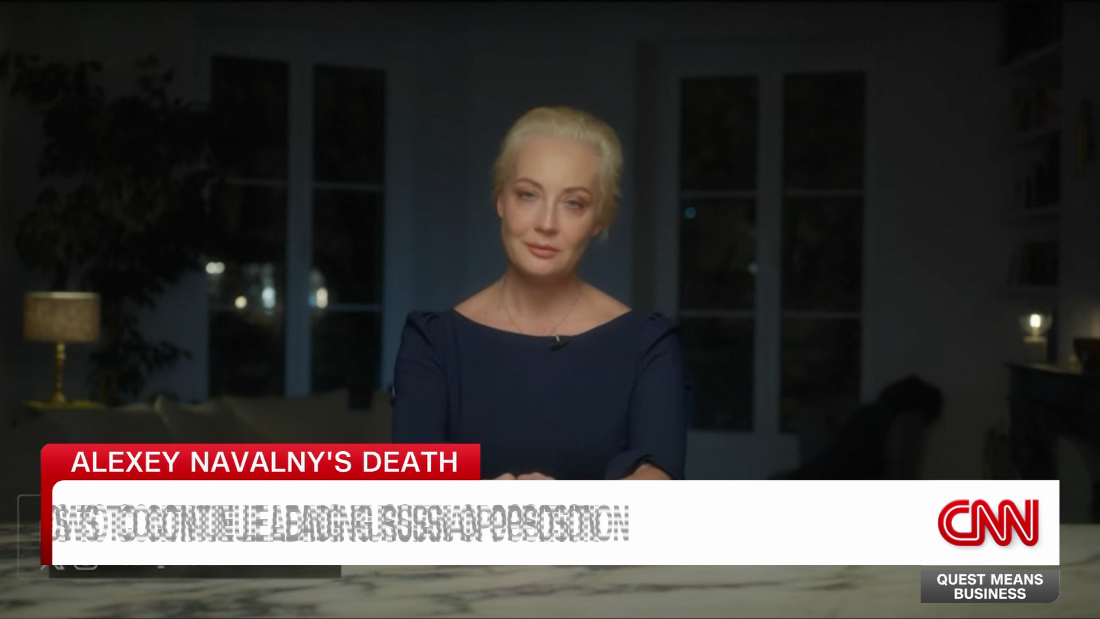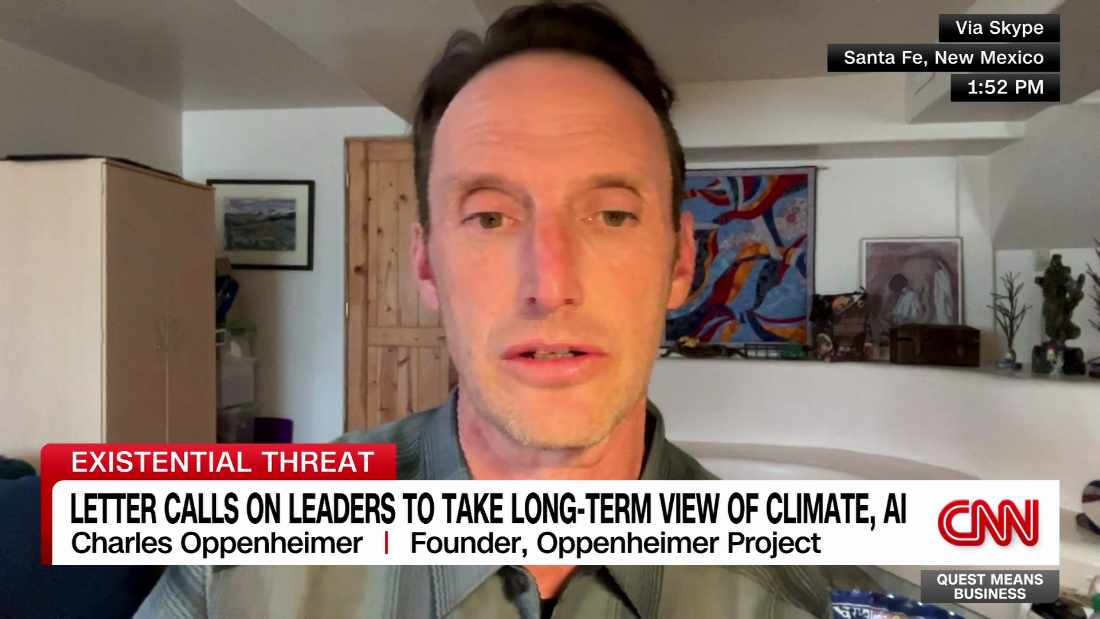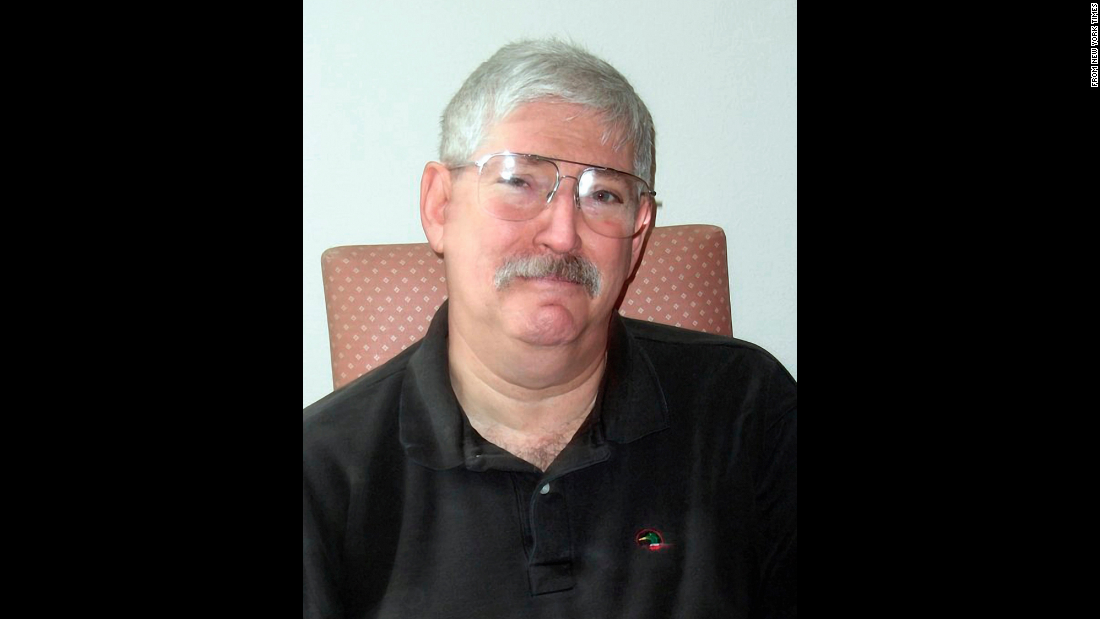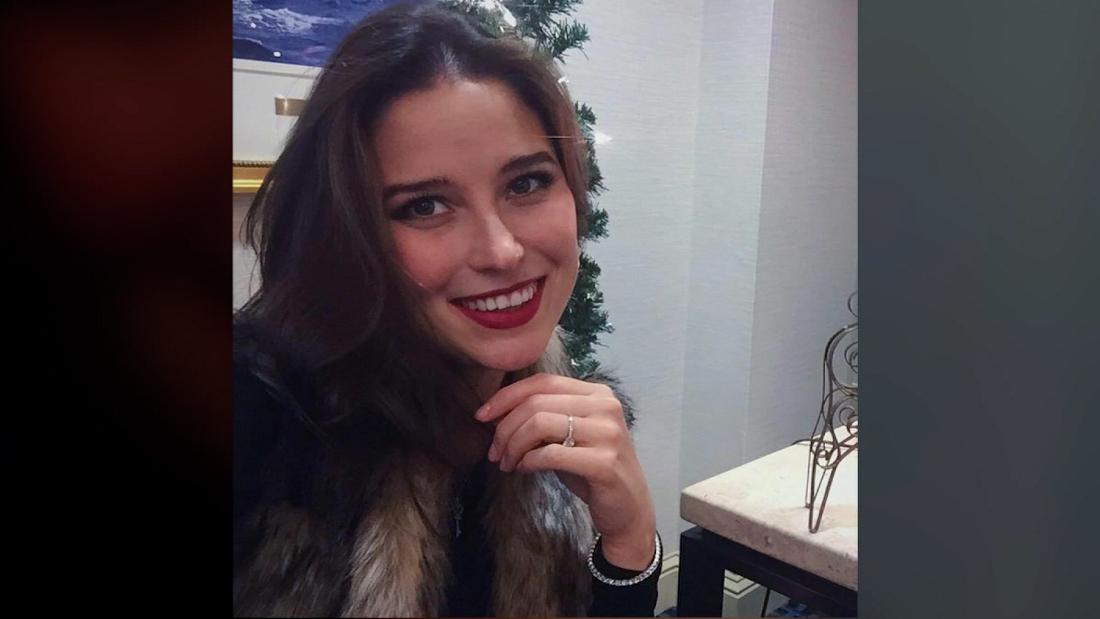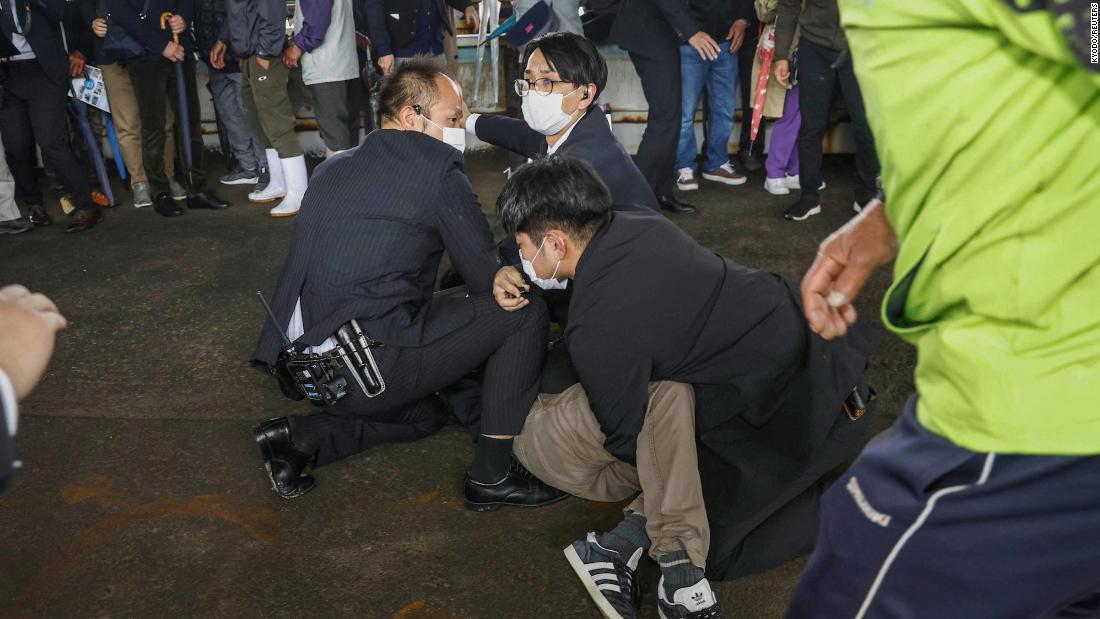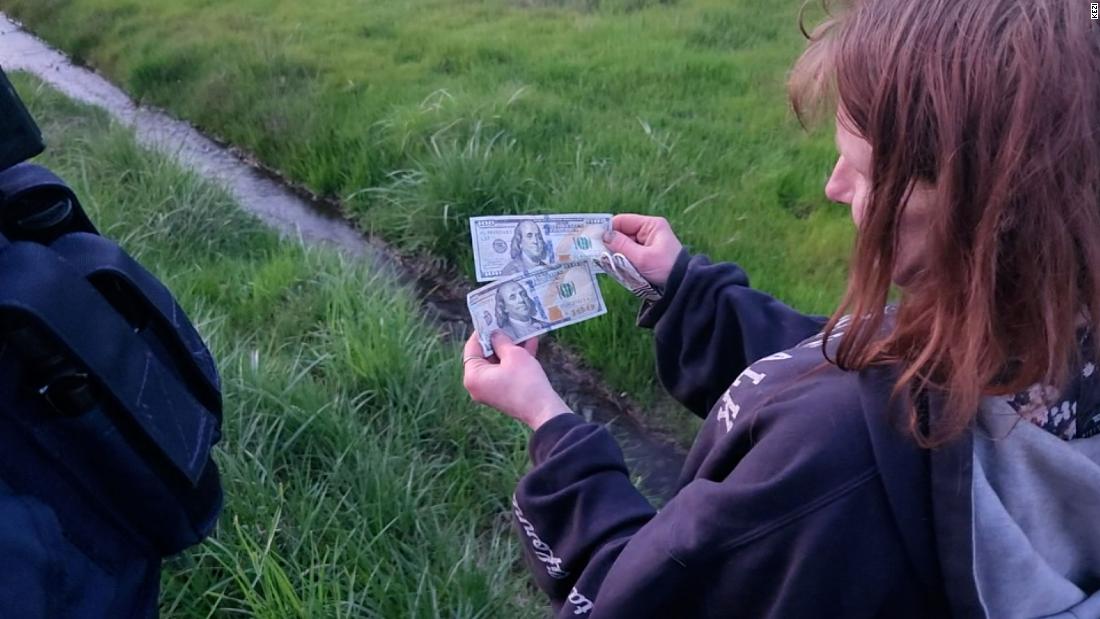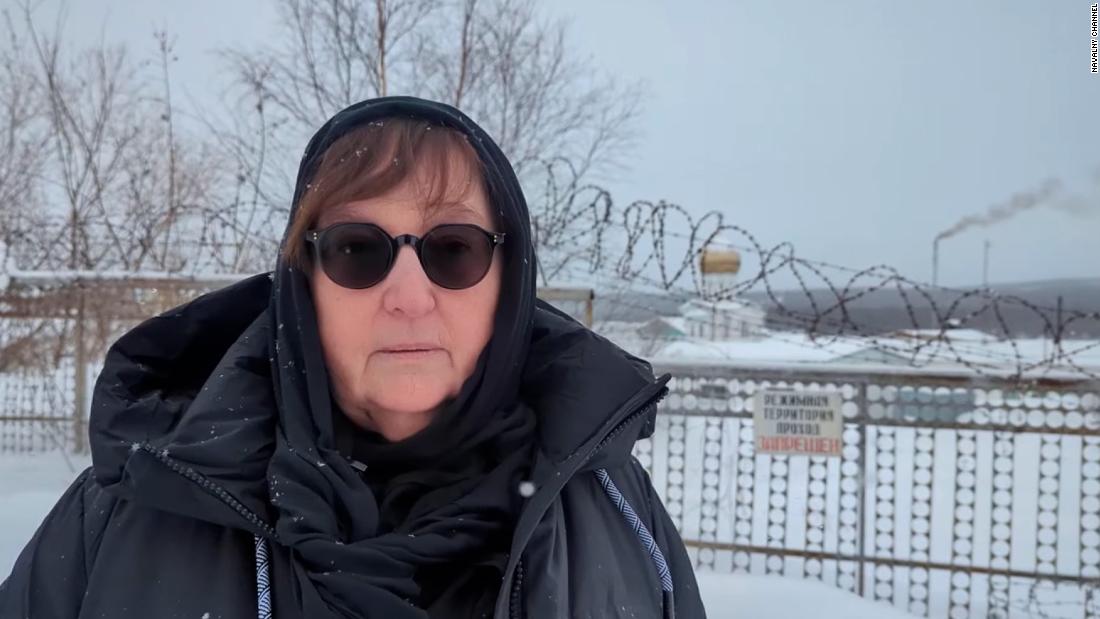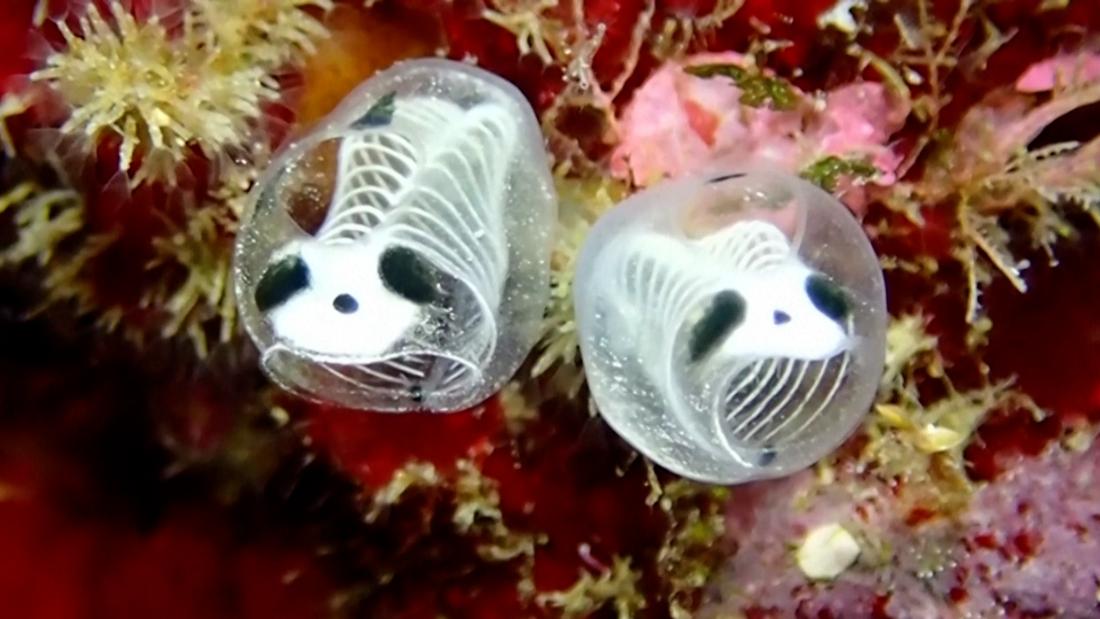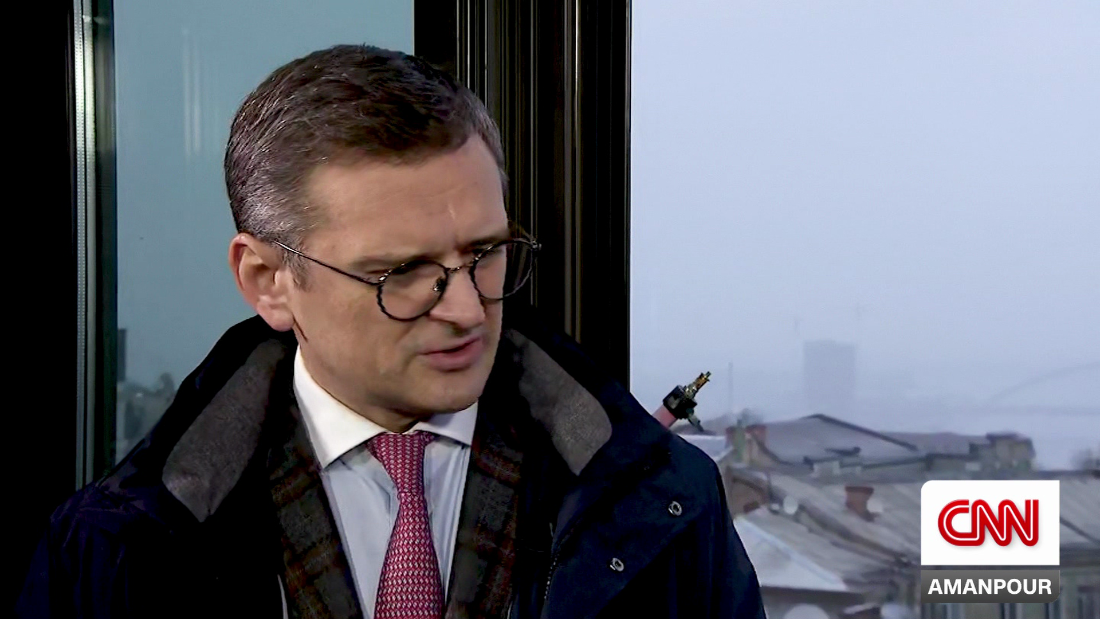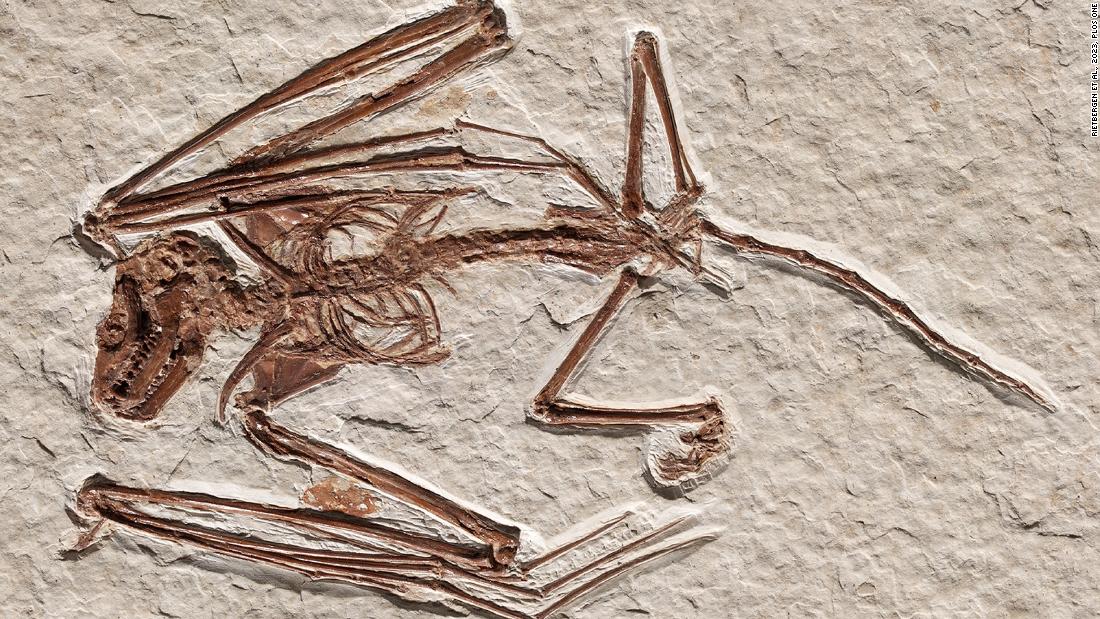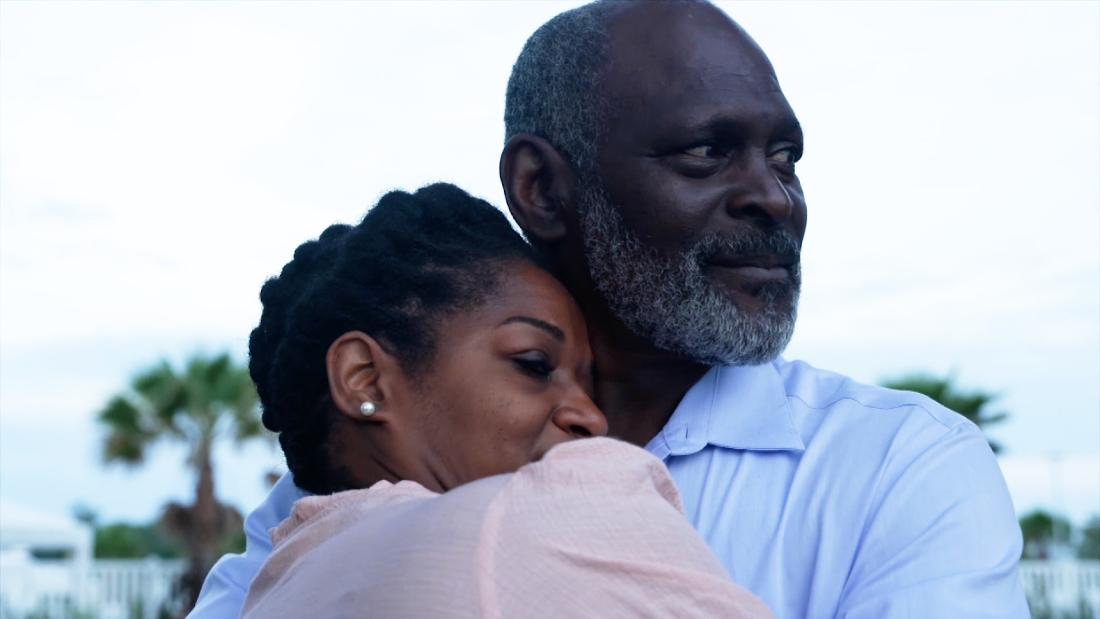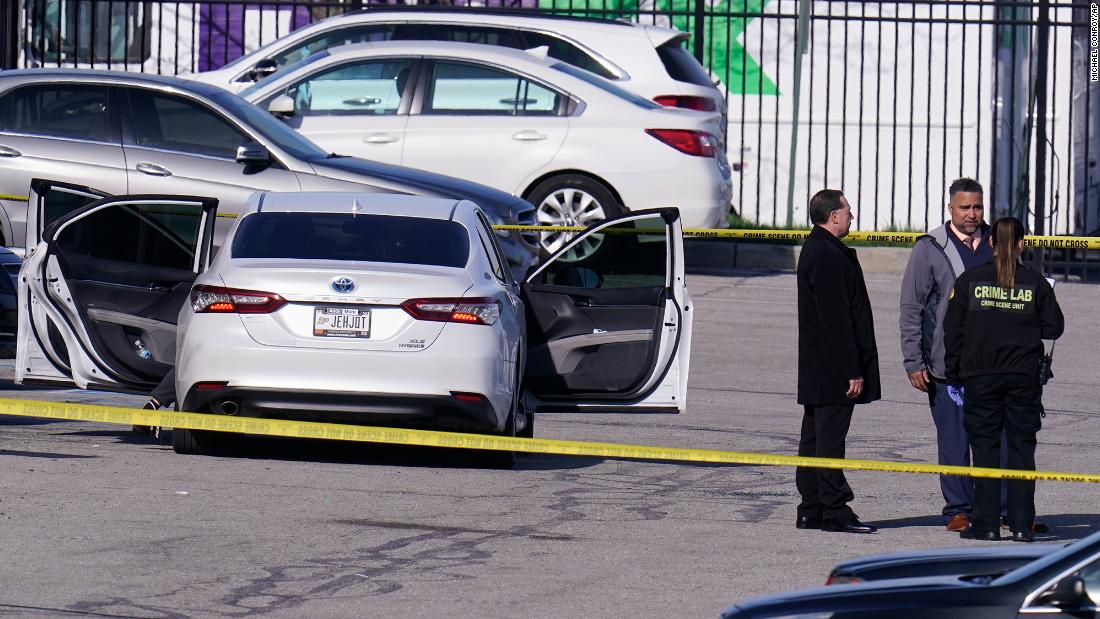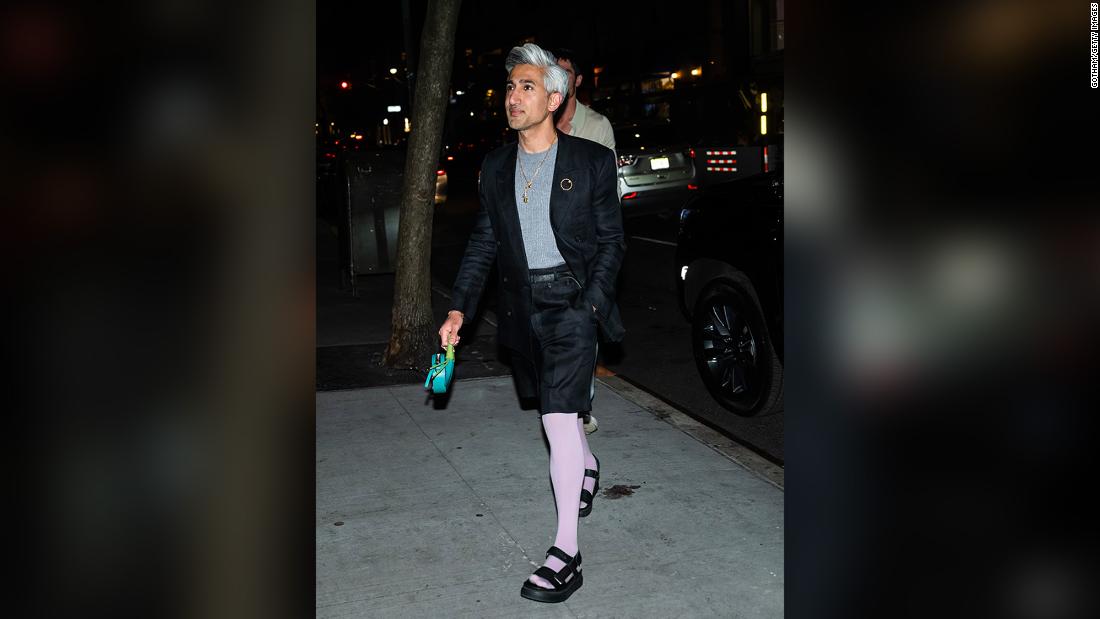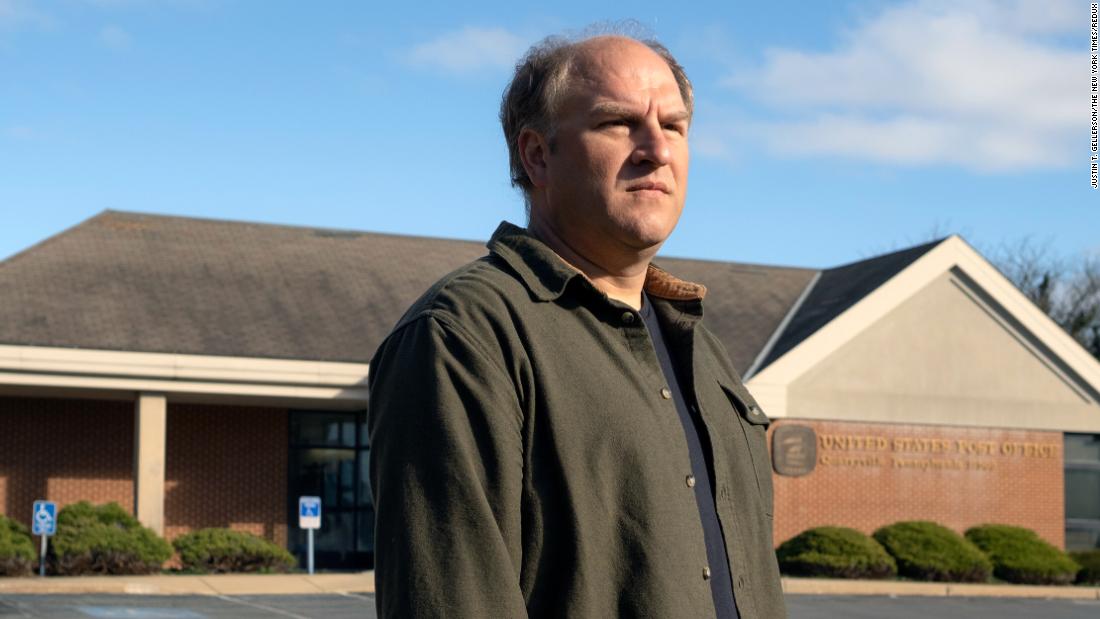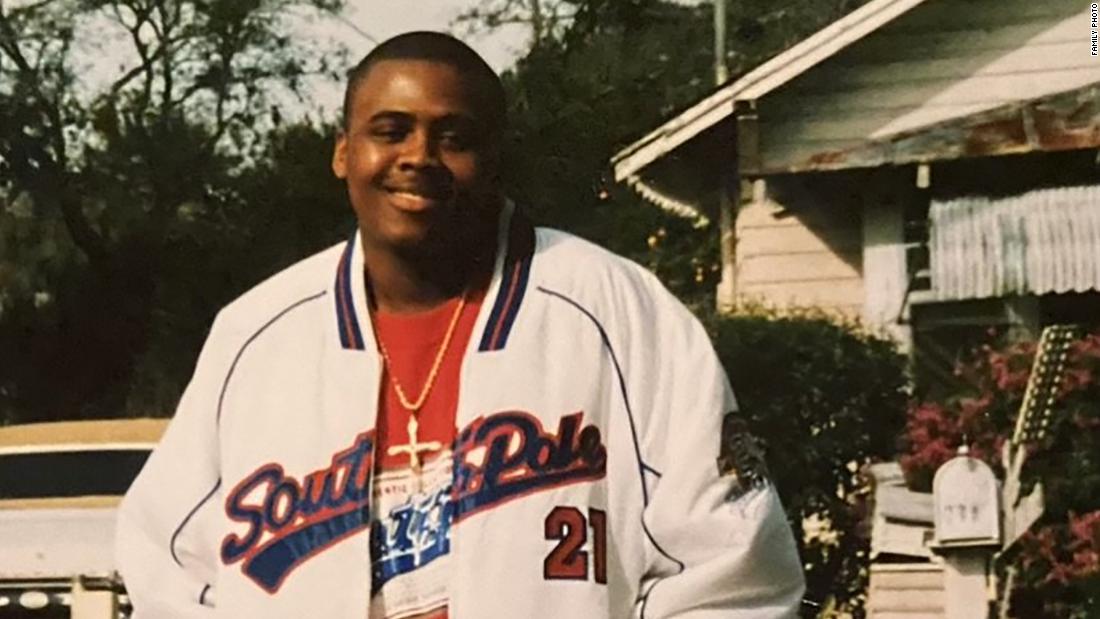SITTING on the window sill in a family’s spare bedroom is an urn containing the ashes of twisted serial killer Dennis Nielsen.
These people are not related to the murderer – one of the worst in British history – but do have an unusual connection to him, which started with a single letter.
RexSerial killer Dennis Nilsen named his pen pal as his next of kin[/caption]
Mark AustinNilsen’s ashes still remain in Mark Austin’s spare room[/caption]
AlamyA letter from Nilsen, written in 1999[/caption]
David DysonMark (pictured) is planning to finally scatter the ashes in November[/caption]
Nilsen murdered at least 15 young men and boys between 1978 and 1983.
He would strangle and drown his victims before performing sex acts on their corpses, then hide their remains under the floorboards.
He is remembered by most as an evil psychopath and nothing more – but one man, who visited him at least 70 times in prison over more than 25 years, is convinced there’s more to the Muswell Hill Killer.
Married dad-of-two Mark Austin, 58, from Bedfordshire, had become interested in Nilsen after reading a book on him called Killing for Company, by Brian Masters.
By chance, he’d also once briefly lived in the area where Nielsen had prowled for some of his victims in his early 20s.
Mark wrote to him in prison “out of curiosity” in 1991 to introduce himself, and explain he’d felt oddly drawn to him – though didn’t even know if he’d ever hear back.
To his surprise, Nilsen did respond. The killer had initially been icy over his admiration for Masters’ book, but Mark said they eventually began writing to each other regularly – though the killer’s sick crimes rarely came up.
Around a year later Mark went to meet Nilsen behind bars, with the full support of his wife.
He says he had no illusion that his new pen pal wasn’t guilty of everything he’d been convicted of, and added that if he’d done or said anything “weird” he would have likely cut all contact.
But he didn’t, and the pair continued this arrangement, sometimes meeting multiple times a month – initially while Nilsen was serving his time at HMP Whitemoor, not too far from where Mark lived.
They found they shared a fondness for animals, and had the same sense of humour, including a love of Laurel and Hardy and Peter Sellers, and an interest in the politics of Tony Benn, the former Labour politician.
The meetings lasted until Nielsen’s death on 12 May 2018, aged 72.
The day before he died, Mark had even visited him in hospital where he lay unconscious, to say his final goodbyes.
Nilsen had named his pal as next of kin, and Mark received not only many of his possessions – including his glasses, clothes and mounds of writings – but also his ashes, which remain in his spare room at home.
Mark says he now finally plans to scatter Nilsen’s remains in Fraserburgh, in Scotland, where his friend grew up, to mark his 80th birthday on November 23.
“I won’t be stood by the seashore blubbering,” he told The Sun. “But it will be significant.
“I’ve never been up to that part of Scotland ever, so it will just be quite nice to see where Des grew up.”
Who was Dennis Nilsen?
Dennis Nilsen was a Scottish-born serial killer and necrophile who murdered at least 12 young men and boys between 1978 and 1983.
He would strangle and drown his victims before performing sex acts on their corpses – then hide their remains under the floorboards.
Nilsen’s main form of attack was to lure men back to his home, where he would pounce.
Victims were mostly between the ages of 20 and 30 although his first ever victim, Stephen Dean Holmes, was only 14.
Some of the victims were dissected and Nilsen is believed to have hung one victim’s torso in his room for days.
He would keep the bodies for days before hiding them under floorboards or burning them in his garden, using a burning tyre to disguise the smell.
His victims varied from tourists to those needing help such as a Martyn Duffey, 16, who was homeless and looking for a place to stay.
Despite his confession, some of his victims are still unidentified and very few were reported missing at the time.
The sheer number of crimes committed by Nilsen make him one of the most prolific serial killers in the UK, behind Harold Shipman.
He was jailed for life in 1983 and died in 2018.
He agreed to speak to us on the condition his face is not pictured, due to fears of repercussions from the families of murder victims.
Asked why he’s decided to scatter the ashes, Mark said: “They’re just sitting in the spare room. There’s no mad panic urgency.
“I’ve had his ashes for seven years now and it’s about time we scattered them.
“It seems appropriate this year as Des would have been 80 in November, so we’ll aim to scatter them on his birthday.”
Mark had originally planned to scatter the ashes in April or May, which would have coincided with the anniversary of Nilsen’s death – but decided to hold off.
“We’ve been moving house and my wife said, ‘look, we’ve really got to dispose of these ashes now’,” he added.
Mark did not wish to speak in too much detail about his partner and daughters.
He hopes the act brings “closure” to those affected by one of Britain’s most prolific serial killers.
But he is well aware those impacted by Nilsen will likely take little notice, with one who he says he’s become friends with over Facebook adamant she despises the killer and always will.
It comes as Mark has offloaded almost all of the personal possessions Nilsen left him, including his writings.
“Apart from a few sentimental things, there’s only really those ashes left,” he said.
Mark – who served as a consultant on the Netflix documentary Memories Of A Murderer: The Nilsen Tapes – first became aware of Nilsen when he moved to a bedsit in Cricklewood, north London, in 1987.
“People would say to me ‘a serial killer used to live round here’, and I didn’t take any notice of it,” he said.
“When he was arrested in 1983, I was in my last year at school, I was 16 so I wasn’t interested in the news.”
David DysonA pair of glasses worn by Nilsen, which Mark is keeping[/caption]
David DysonMark also has a bird cage previously owned by Nilson[/caption]
David DysonMark has sold the radio the killer once owned[/caption]
A couple of years later he’d moved out of London and came across Masters’ book on Nilsen in a WHSmiths.
“I was reading the blurb and I thought ‘this is the guy who people were saying’.
“That was the initial interest. Then when I read the book, I just thought ‘oh my God, this is just a really clued up, ordinary bloke’.
“He just doesn’t come across as a frothing at the mouth psychopath, and so I was intrigued and it went from there.”
First letter
Mark first wrote to Nilsen when he was still in his early twenties – he had one daughter and another was on the way.
He described that first communication as “just an introduction”.
He said: “This is who I am, I’ve read Brian Masters’ book. I’m interested to see what you’ve been up to. Just a general chit chat.”
Mark recalled Nilsen’s first letter was him “basically slagging off” Masters’ book.
“He said it would be a pity if you became infatuated with the misinformation that Brian Masters wrote,” he said.
David DysonNilsen’s pencil case was also in Mark’s possession[/caption]
David DysonMark also has 6,000 typed letters in addition to the typewriter itself[/caption]
David DysonOne of Nilsen’s mugs is also among the items Mark inherited[/caption]
Nilsen also informed him that he was writing his own autobiography, which he hoped to publish in the late 90s.
Mark would later edit and help to publish what became History of a Drowning Boy in 2021 after his death.
They continued to write, initially while Nilsen was serving his sentence at HMP Parkhurst on the Isle of Wight.
But on one occasion, Mark noticed the postmark was different – it was from Cambridgeshire, close to where he was living at the time.
“He explained in his letter he’d been moved overnight, no notice,” Mark explained.
“I just said ‘right, can I come and have a cup of tea?’
“The Home Office gets involved, you get a visit from the police, there’s a big thing that has to happen.
“A few weeks later I got a visiting order, then went up and that was the start of it.”
Mark said he’d seen Nilsen on TV a couple of weeks before the first meeting at Whitemoor, when an interview with clinical psychologist Paul Britton was broadcast in January 1993.
That was the first time he’d seen what he looked like then, with his only previous reference a police photograph where he had black hair.
David DysonMark was even given a pair of Nilsen’s old shoes[/caption]
AlamyNilsen being led to court in 1983[/caption]
PANilsen (right), with a prison warden at his side, after he was sentenced to a minimum of 25 years[/caption]
“His hair was grey now but he was exactly as per our writing,” said Mark. “We just rolled as if we’d known each other forever.”
Mark explained that such visits last for two hours but due to prison procedure, on arrival he usually only got around an hour after the time it took to get through security and into the visiting room.
They both agreed on that first visit they’d like to meet again, and so the set up continued.
“Usually, whenever I’d come back he’d write and say ‘thank you for the visit’,” said Mark.
“Then I’d write back to him, he’d send a visiting order and then I might go whenever I could spare the time from work, which might have been two weeks later, three weeks later, a month later.
“Sometimes I might have three or four visits in a month. Other times, I might have three or four visits in a year.”
Mark said he’d always thought if Nilsen suddenly began acting strangely, he’d end the visits, but his curiosity about the notorious killer had developed beyond where he ever imagined.
“You get to the point where we were friends,” he said. “He never said anything where I thought that’s a weird thing to say.
“It was just like when you go down the pub and meet any friend.
“You just have a good old catch up, and usually the visit ends way before you’re ready to end it.”
David DysonMark has kept several of Nilsen’s possessions[/caption]
David DysonNilsen’s ashes will be scattered in November[/caption]
David DysonA copy of a letter written by Nilsen[/caption]
Asked why he was able to look beyond Nilsen’s horrific crimes, he said he’s not entirely sure.
After some thought, Mark went on to say: “He had 58 years of complete crime-free living… if he had been an evil man, then there would have been evidence of it throughout his background, but there wasn’t.
“That’s why he’s so unusual. Nobody knows why he suddenly slipped in 1978 and went on this downward spiral, and then came out of it once he was arrested.
“For those five years, yeah, he was an absolutely psychopathic monster. But either side of that, he was a decent, law-abiding – wanted to help people – ordinary sort of individual.
“That’s probably why I found it so interesting.”
Asked if Nilsen ever spoke about his crimes, Mark said: “Not that often, we avoided the subject most of the time.”
He added: “The only time he did mention anything like that was when they discovered the identity of the first victim, he was pretty traumatised by that and shocked.”
Nilsen only admitted to murdering 14-year-old Stephen Holmes after he’d already been jailed.
Mark continued: “There was the odd little snippet that dropped in every so often, with reference to his past and his crimes.”
Nilsen murdered at least 12 people
Getty23 Cranley Gardens in Muswell Hill, London, where Nilsen used to live[/caption]
David Tennant as Nilsen in TV series DesRex
Mark said Nilsen, when discussing what exactly being evil is, would draw comparisons to Adolf Hitler.
“We used to have a little joke about it where he would say if you were writing a book about Hitler and one of the researchers came over and said we’ve discovered this fact about Hitler, he used to actually love rescuing little puppies – he would nurse them back to life.
“The editor would say, ‘we’re not putting that in, this is about Hitler, everything’s got to be horrible and nasty’.
“You say the name Dennis Nilsen and there’s immediately one single narrative and that’s it, that’s all the way it’s always been.
“There’s good and bad in everyone and everything.”
‘She absolutely deplores Nilsen’
Mark says he has since become friends with the girlfriend of one of Nilsen’s victims, who is a member of a Facebook group he set up coinciding with the book History of a Drowning Boy.
“She absolutely deplores Nilsen,” he said. “Quite rightly. He killed her boyfriend, and she cannot stand the man. She absolutely vilifies him.
“I suppose if he killed someone that I was close to, I’d probably feel exactly the same.”
Mark took his wife to see Nilsen as he lay dying in hospital. By then, he was serving time at HMP Full Sutton in York.
Mark said: “When we got called to the prison, me and my wife both went up, it was the first time my wife had ever met him.
“He was unconscious, so I didn’t speak to him, really. I was there for about an hour or so.
“That was around four o’clock in the afternoon. He died the following morning, about nine o’clock.”
PA:Empics SportPrivate Nilsen in 1961, serving as a cook in the British Army[/caption]
AFPNilsen leaves the Highgate Court in north London in 1983[/caption]
Mark helped History of a Drowning Boy get published
Mark, aside from two prison officers, was the only person in attendance at his secret cremation and funeral on June 7 2018.
He had been allowed to step into Nilsen’s “bleak, filthy and cluttered” cell before being sent his possessions, which he stored at the family home – and which added to the stuff he’d already been given.
The following year, he began selling and giving away the stacks and stacks of items, including masses of formal documents and writings, as well as Nilsen’s keyboard, typewriters, clothing and birdcage.
“There’s a lot of large objects that I’d had for years that he kind of had before I came onto the scene,” said Mark.
But some items he refuses to part with. An oil painting, titled Barcardi Sunrise, which Nilsen made especially for him in the mid-90s, as well as his infamous silver rimmed glasses, are among the things Mark is keeping.
It’s just one of those things, when you go through life you meet people and the people who become friends just seem to be aligned with your values.
Mark AustinPen pal of Dennis Nilsen
“I just gave most of it away to people who are really interested in him – not from a ghoulish point of view,” he said.
He sold other possessions through a crime memorabilia website and gave the money to charity, as well as to the partner of Nilsen’s victim, who he’d become friends with.
“She never actually got a pay out following the murder,” said Mark.
Referring to the Facebook group, he said: “There are some people on there who are really into Des and they used to write to him as well.
“I’ve given a lot of materials, a lot of his things, to them.”
Mark’s also given a “big archive of materials” to an unnamed university.
“I’m not going to tell you which one right now because they’re in the process of getting all of this archived,” he said.
“That will become a really substantial criminology resource at the university, so it’s letting other people make use of it.”
Asked why he decided to move on so much of Nilsen’s things, Mark said: “There’s too much of it and there’s a lot of other people who are interested in him and I didn’t want to monopolise it.
“There’s no other real reason. I’ve accumulated this stuff over 30-odd years and it’s just gathering dust in my loft or garage.”
Aside from the painting and glasses, among the “small items” Mark refuses to give away is a copy of Killing for Company, given to Nilsen by author Masters.
“They are of sentimental value, so I will keep those,” he said.
Referring back to his friendship with Nilsen, he said “it never entered my head” when he first wrote to him back in the early 90s.
“It’s just one of those things, when you go through life you meet people and the people who become friends just seem to be aligned with your values,” he said.
“We’re all the same. If you’ve come across somebody, even at work, you’ll see people and think ‘oh my God, he’s a real t*****’, and you just don’t mix with them.
“They’re just not your kind of people, so you tend to gravitate to people who are more like yourself or who you find interesting, you’re emphatic with, whatever it might be.
“And it just so happened that Des turned out to be like that. Just one of those people.”
Published: [#item_custom_pubDate]














